Ghaf Tree
- November 19, 2024
- 0 comment
The Ghaf Tree (Prosopis cineraria) is a resilient tree species vital to arid ecosystems, especially in desert regions. Known for its ability to thrive in extreme environments, it plays a crucial role in maintaining biodiversity, stabilizing soils, and providing sustenance to wildlife.

The tree holds cultural, ecological, and economic significance, making it an important species for conservation.
What Is a Ghaf Tree?
The Ghaf Tree is a drought-resistant species in the legume family, scientifically classified as Prosopis cineraria. Native to arid and semi-arid regions, it is revered for its adaptability and resourcefulness. This tree is characterized by:
- Leaves: Bipinnate, small, and feathery, helping to reduce water loss.
- Flowers: Tiny and pale yellow, blooming in clusters.
- Bark: Dark and rough, often serving as protection against harsh weather.
- Roots: Extensive and deep, reaching underground water sources, making it highly drought-tolerant.
Interestingly, the Ghaf Tree enriches soil with nitrogen through its symbiotic relationship with nitrogen-fixing bacteria, enhancing soil fertility in its surroundings. It also has an impressive lifespan, often surviving for over a century.
Two Different Types of Ghaf Tree Species
While Prosopis cineraria is the primary species referred to as the Ghaf Tree, the genus Prosopis includes other related species. These include:
Prosopis Juliflora
Known as mesquite, widely found in arid regions but often invasive.


Prosopis Glandulosa
Commonly called honey mesquite, known for its sweet pods.
Though similar, these species vary in size, shape, and habitat. The Ghaf Tree, native to the Arabian Peninsula, South Asia, and parts of Africa, stands out for its ecological benefits in desert environments.
Where Do Ghaf Trees Grow?
The Ghaf Tree is naturally found in arid and semi-arid regions of the Middle East, particularly in the United Arab Emirates, Oman, and Saudi Arabia. Its range extends to India and Pakistan. This tree thrives in:
- Sandy deserts: Its deep roots access underground water tables.
- Dry plains and dunes: Stabilizes soil and prevents erosion.
- Hot climates: Endures high temperatures, limited rainfall, and saline conditions.
Ecologically, the Ghaf Tree serves as a keystone species by providing shade, stabilizing soils, and supporting local biodiversity, including birds, insects, and small mammals.
How to Grow and Care for Ghaf Trees
Growing a Ghaf Tree requires an understanding of its arid habitat. Here’s how to care for this resilient tree:

- Soil: Prefers sandy or well-draining soil.
- Water: Minimal water needs; thrives on infrequent but deep watering.
- Sunlight: Full sun exposure is essential for healthy growth.
- Propagation: Grow from seeds soaked in water overnight to enhance germination.
- Maintenance: Prune to maintain shape and health. Protect young trees from pests like termites.
With proper care, the Ghaf Tree can become an asset in xeriscaping or desert gardening.
Ecological Benefits of the Ghaf Tree
The Ghaf Tree contributes significantly to the environment:

- Soil Enrichment: Fixes nitrogen, improving soil fertility.
- Erosion Prevention: Stabilizes sand dunes and reduces desertification.
- Wildlife Habitat: Offers food and shelter to birds, insects, and herbivores.
- Carbon Sequestration: Acts as a natural carbon sink, improving air quality.
Its ecological importance makes it a focus for reforestation efforts in arid regions.
Ghaf Tree Flowering and Pollination
The Ghaf Tree flowers during the spring and early summer. Its tiny, pale-yellow blooms attract pollinators like bees and butterflies. The flowers are not only vital for the tree’s reproduction but also provide nectar to support local ecosystems.
Is the Ghaf Tree Drought-Tolerant?
The Ghaf Tree is highly drought-tolerant, thriving in regions with as little as 75mm of annual rainfall. Its deep roots access underground water, small leaves minimize water loss, and it withstands extreme temperatures and saline conditions. These traits make it ideal for arid areas and combating desertification.
Ghaf Tree and Wildlife Interactions
The Ghaf Tree supports desert wildlife by providing shade from the heat, nutritious pods for animals like camels and goats, and nesting sites for birds. In return, animals aid in seed dispersal, helping the tree propagate and sustain its ecosystem.
Final Conclusion
The Ghaf Tree (Prosopis cineraria) stands as a symbol of resilience and ecological balance. Its role in soil stabilization, biodiversity conservation, and climate mitigation underscores its importance to nature and society. Protecting and planting Ghaf Trees is crucial for combating desertification, preserving wildlife habitats, and supporting sustainable development in arid regions.
Frequently Asked Questions (FAQs)
- What is the Ghaf Tree?
The Ghaf Tree (Prosopis cineraria) is a drought-resistant tree found in arid regions, known for its ecological and cultural importance. - Where does the Ghaf Tree grow?
It thrives in deserts and semi-arid areas of the Middle East, South Asia, and parts of Africa, adapting to sandy soils and hot climates. - What are the key features of the Ghaf Tree?
It has small feathery leaves, pale-yellow flowers, deep roots, and nitrogen-fixing properties that enhance soil fertility. - Is the Ghaf Tree drought-tolerant?
Yes, it survives with minimal water by accessing underground water tables with its deep roots. - What are the ecological benefits of the Ghaf Tree?
It prevents soil erosion, stabilizes sand dunes, enriches soil, provides shade, and supports local biodiversity. - How can I grow a Ghaf Tree?
Plant seeds in sandy soil, water infrequently but deeply, ensure full sun exposure, and protect young trees from pests. - What wildlife depends on the Ghaf Tree?
Birds, insects, camels, and goats rely on it for food, shelter, and nesting sites. - Why is the Ghaf Tree important?
It combats desertification, supports ecosystems, and is a symbol of sustainability in arid regions.
We hope this guide has shed light on the ecological and cultural importance of the Ghaf Tree. Share your experiences or ideas for its conservation below to inspire others. Don’t forget to share this guide with those passionate about protecting our environment and fostering sustainability.


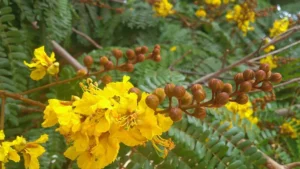
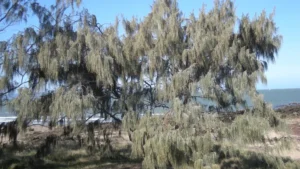

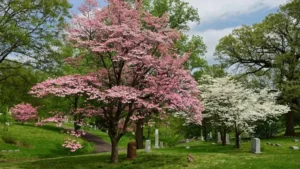
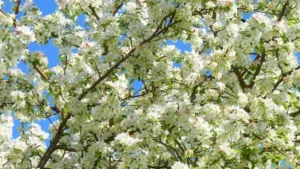
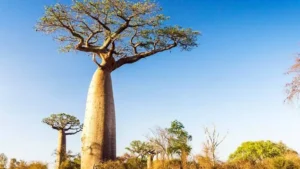
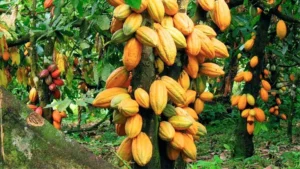
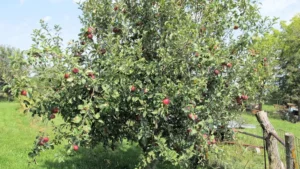
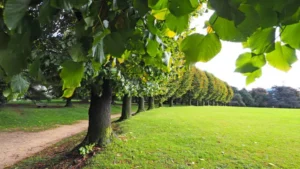
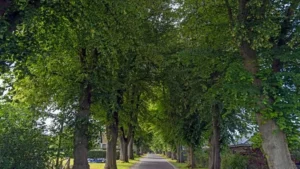

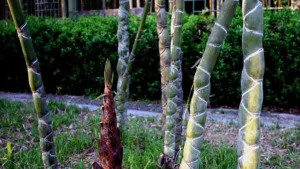
Leave your comment